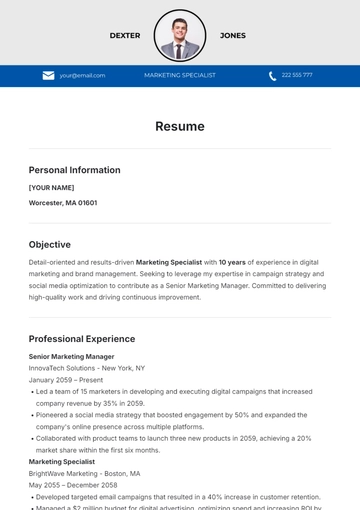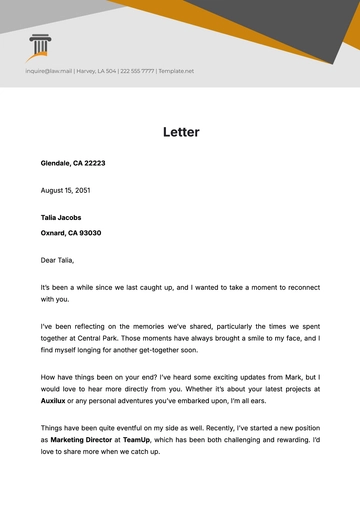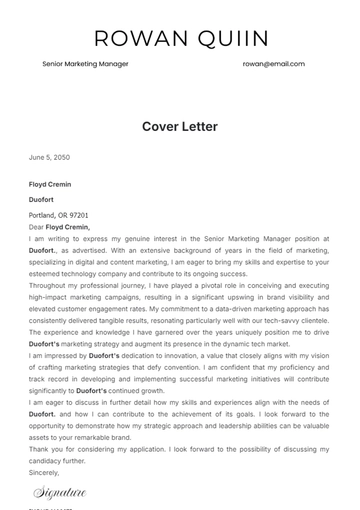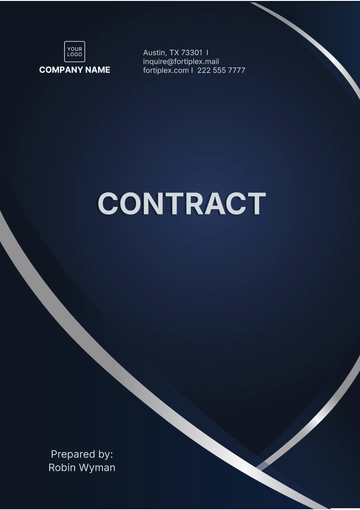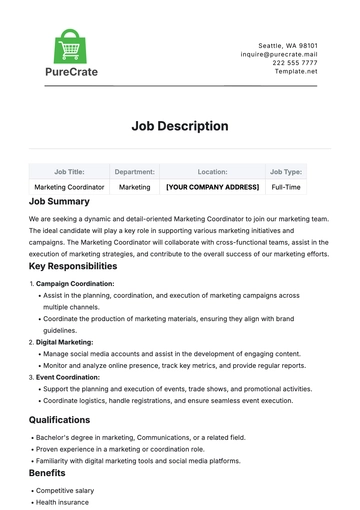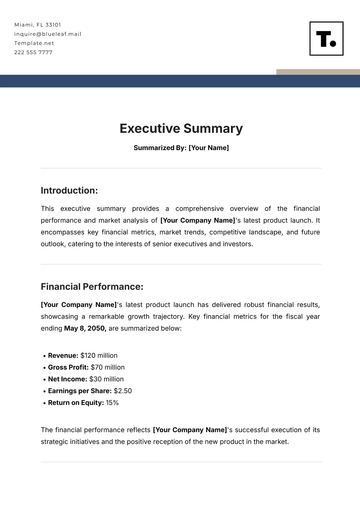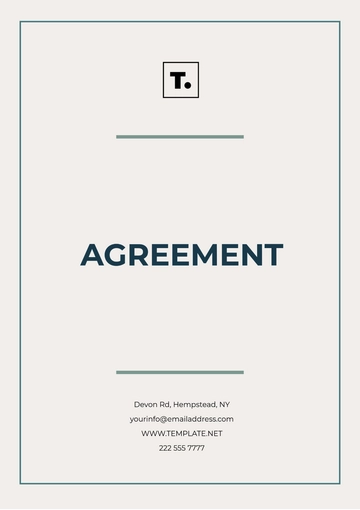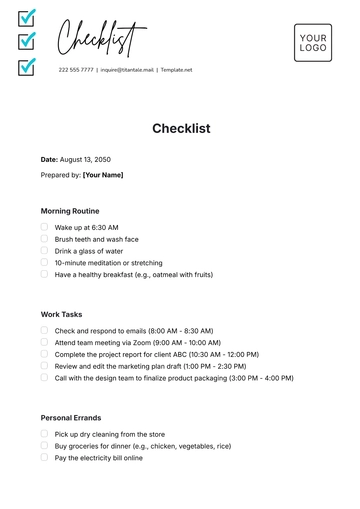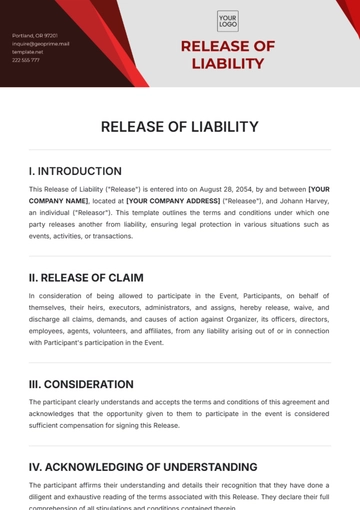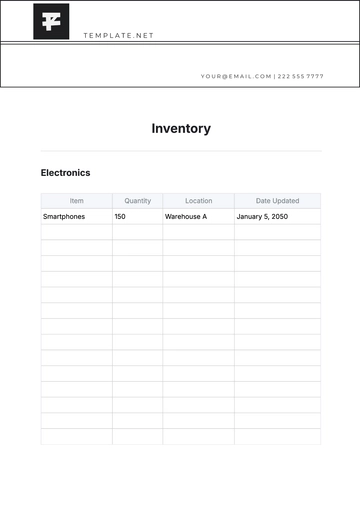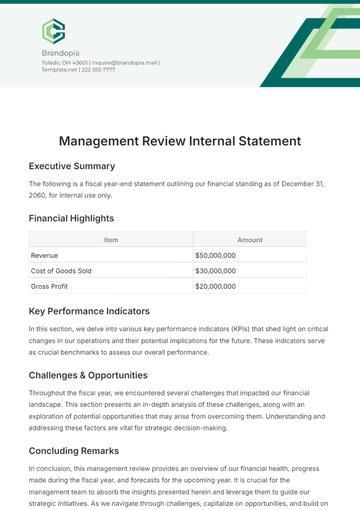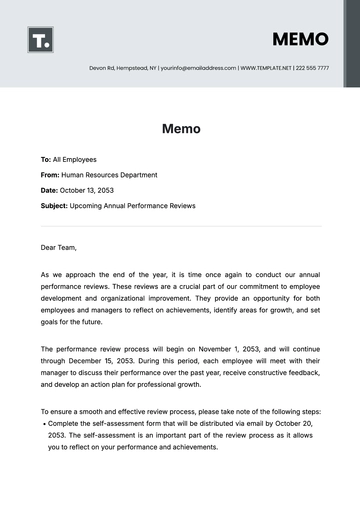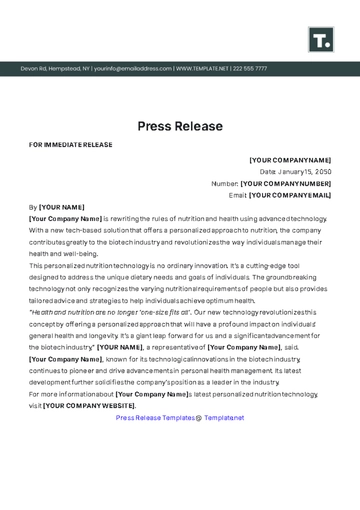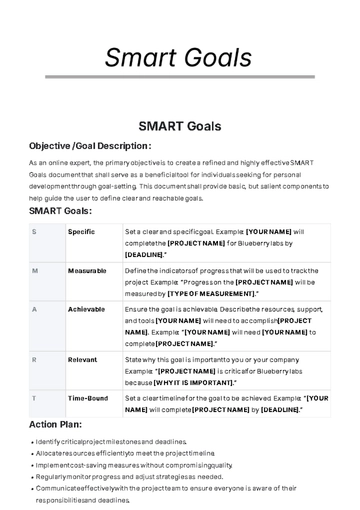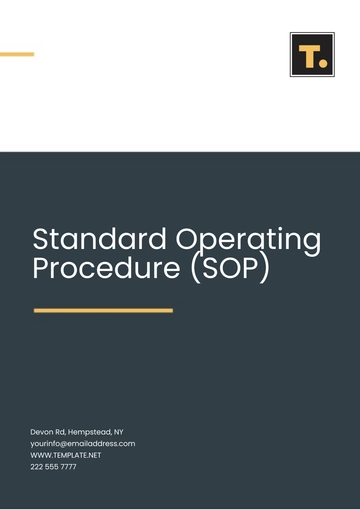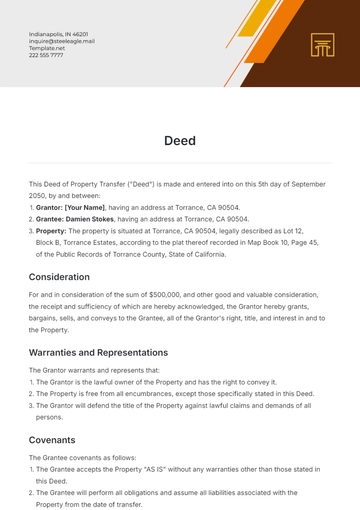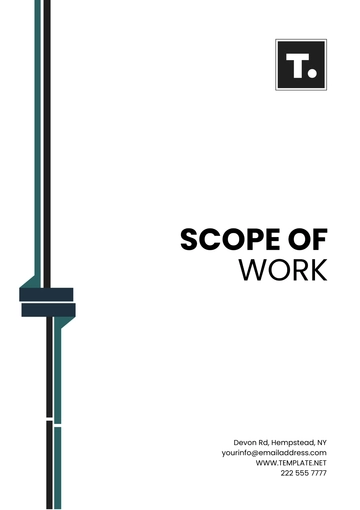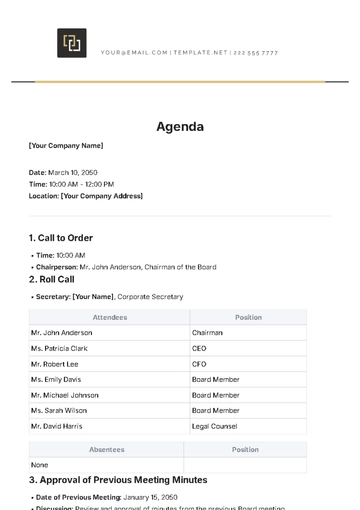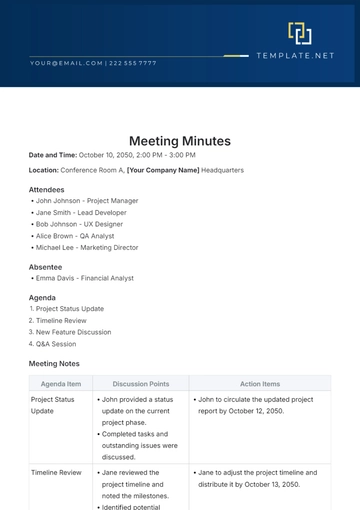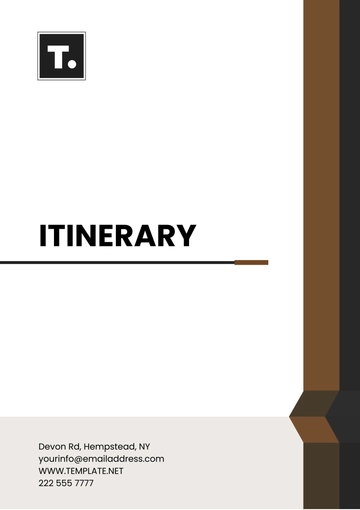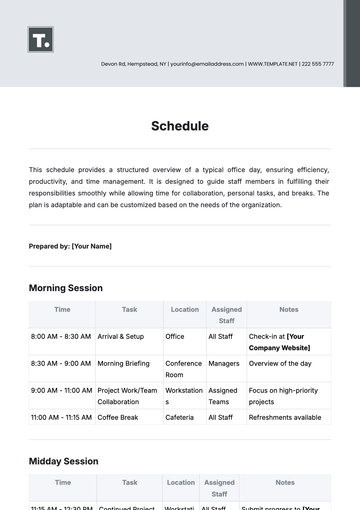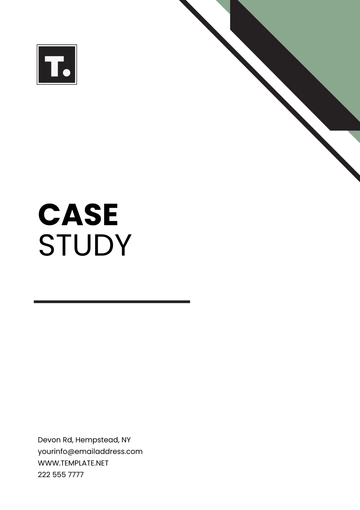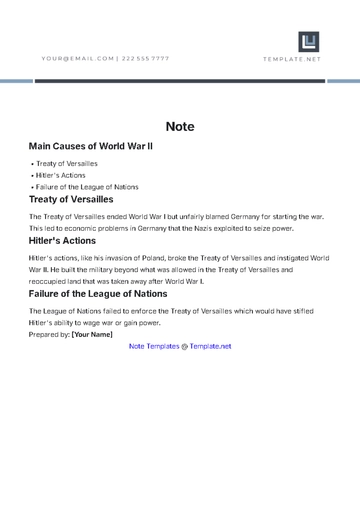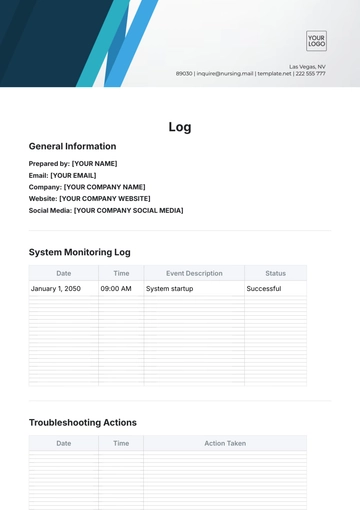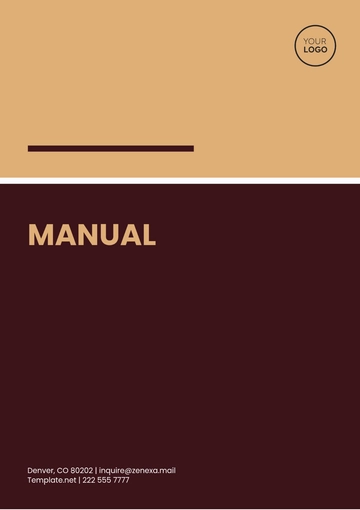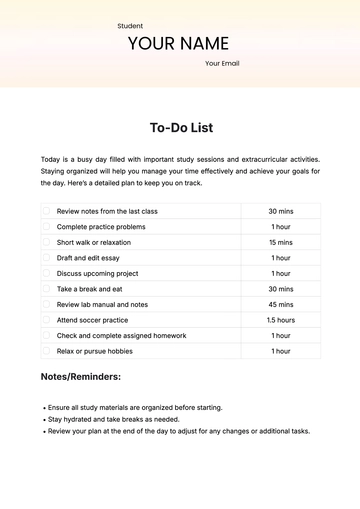Free Interior Design Financial Strategy
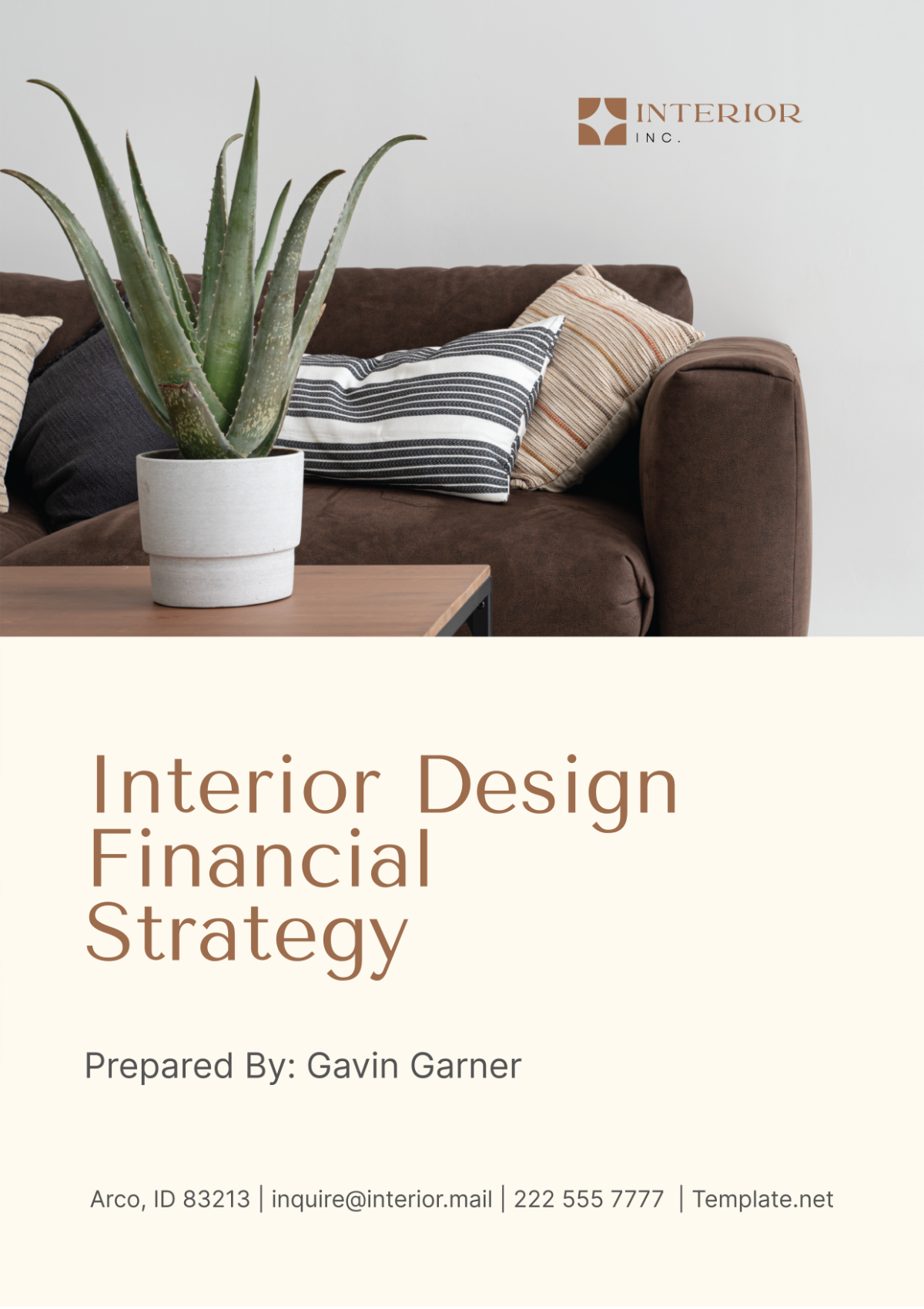
I. Executive Summary
A. Overview
[Your Company Name], a leading interior design firm specializing in residential and commercial projects, presents this Interior Design Financial Strategy to outline a comprehensive plan for managing finances effectively within the interior design industry. With a focus on maximizing profitability and ensuring sustainable growth, this strategy integrates financial planning, budget allocation, and risk management to optimize financial performance and achieve long-term success.
B. Key Objectives
The primary objectives of this strategy include:
Objectives | Description |
|---|---|
Maximizing Profitability | Implementing strategies to increase revenue streams and optimize cost structures for improved margins. |
Cost-effective Measures | Identifying and implementing cost-saving initiatives to enhance operational efficiency and profitability. |
Sustainable Growth | Developing strategies to foster sustainable growth through prudent financial management and investment. |
C. Financial Highlights
The financial highlights of this strategy encompass:
Projected revenue growth of [$5,000,000] over the next [3] years.
Targeted cost reduction initiatives to achieve savings of [$200,000] annually.
Investment in innovative design technologies to enhance efficiency and competitiveness.
II. Market Analysis
A. Industry Overview
The interior design industry is a dynamic sector characterized by evolving trends, innovative technologies, and changing consumer preferences. With a market size exceeding [$100 billion] annually, the industry offers significant opportunities for growth and innovation. Key trends shaping the industry include:
Increased demand for sustainable and eco-friendly design solutions.
Integration of technology such as virtual reality (VR) and augmented reality (AR) in the design process.
Growing preference for personalized and experiential design experiences in both residential and commercial spaces.
B. Competitor Analysis
[Your Company Name] conducts a comprehensive analysis of key competitors to identify market opportunities and competitive advantages. Key findings include:
Analysis of competitor pricing strategies and service offerings.
Assessment of market positioning and brand reputation.
Identification of potential collaboration opportunities and areas for differentiation.
C. Target Market
[Your Company Name] targets affluent homeowners, real estate developers, and commercial enterprises seeking premium interior design services. The target market segments include:
High-net-worth individuals seeking luxury residential designs.
Commercial clients in industries such as hospitality, retail, and corporate offices.
Real estate developers looking to enhance property value through innovative design solutions.
III. Financial Goals
A. Revenue Targets
[Your Company Name] has established ambitious revenue targets to drive growth and profitability. The following revenue targets are projected over the next [3] years:
Year | Revenue Target |
|---|---|
Year 1 | [$2,500,000] |
Year 2 | [$3,200,000] |
Year 3 | [$4,000,000] |
B. Profit Margins
[Your Company Name] aims to maintain healthy profit margins to sustain operations and support future growth initiatives. The target profit margin is set at [20%] annually, with a focus on optimizing cost structures and maximizing revenue streams.
C. Cash Flow Management
Effective cash flow management is essential for [Your Company Name] to maintain liquidity and support ongoing operations. Key strategies for cash flow management include:
Implementing efficient invoicing and payment collection processes.
Monitoring accounts receivable and accounts payable to optimize cash flow cycles.
Establishing cash reserves to cover operational expenses and unforeseen contingencies.
IV. Financial Planning
A. Budget Allocation
[Your Company Name] allocates budgets across various expense categories to support operational efficiency and strategic initiatives. The following table outlines the budget allocation for the upcoming fiscal year:
Expense Category | Budget Allocation |
|---|---|
Design Materials | [$500,000] |
Salaries and Benefits | [$800,000] |
Marketing and Advertising | [$200,000] |
Research and Development | [$150,000] |
Technology Investments | [$250,000] |
General Overhead | [$300,000] |
Contingency Fund | [$200,000] |
Total | [$2,400,000] |
B. Cost Control Measures
[Your Company Name] implements proactive cost control measures to optimize expenditures and improve profitability. Key cost control initiatives include:
Negotiating favorable vendor contracts to secure competitive pricing on design materials and services.
Streamlining operational processes to reduce overhead costs and improve efficiency.
Investing in technology solutions to automate repetitive tasks and enhance productivity.
C. Investment Strategy
[Your Company Name] prioritizes strategic investments to support growth and innovation within the organization. Key areas of investment include:
Technology upgrades to enhance design capabilities and streamline workflows.
Talent acquisition and training to cultivate a skilled workforce capable of delivering exceptional design solutions.
Market expansion initiatives to penetrate new market segments and geographic regions
V. Risk Management
A. Risk Assessment
[Your Company Name] conducts a comprehensive risk assessment to identify and mitigate potential financial risks that could impact operations and financial performance. Key areas of risk assessment include:
Market Volatility: Fluctuations in economic conditions and consumer preferences may affect demand for interior design services.
Supply Chain Disruptions: Dependence on suppliers for design materials and resources exposes [Your Company Name] to risks such as supply shortages or price fluctuations.
Regulatory Changes: Changes in regulations related to zoning, building codes, or environmental standards may impact project timelines and costs.
B. Mitigation Strategies
[Your Company Name] implements proactive mitigation strategies to address identified risks and minimize their potential impact on the business. Key mitigation strategies include:
Risk | Mitigation Strategy |
|---|---|
Market Volatility | Diversifying revenue streams by targeting multiple market segments and geographic regions. |
Supply Chain Disruptions | Developing strategic partnerships with reliable suppliers and maintaining adequate inventory levels. |
Regulatory Changes | Monitoring regulatory developments closely and proactively adapting business practices to remain compliant. |
VI. Monitoring and Evaluation
A. Key Performance Indicators (KPIs)
[Your Company Name] establishes key performance indicators (KPIs) to monitor financial performance and track progress towards strategic goals. Key KPIs include:
KPI | Description |
|---|---|
Revenue Growth Rate | Annual percentage increase in revenue compared to the previous fiscal year. |
Profit Margins | Gross and net profit margins as a percentage of total revenue. |
Cash Flow Ratios | Measures of liquidity such as the current ratio and quick ratio. |
Client Satisfaction | Surveys and feedback mechanisms to gauge client satisfaction with design services. |
B. Regular Reporting
[Your Company Name] conducts regular financial reviews and reporting to track performance against KPIs and identify areas for improvement. Reports are generated on a monthly and quarterly basis and include:
Financial statements such as income statements, balance sheets, and cash flow statements.
Analysis of variances between actual performance and budgeted targets.
Key insights and recommendations for enhancing financial performance.
C. Continuous Improvement
[Your Company Name] fosters a culture of continuous improvement by soliciting feedback from stakeholders and implementing best practices to enhance financial performance. Continuous improvement initiatives include:
Employee training and development programs to enhance financial literacy and decision-making skills.
Regular reviews of internal processes and procedures to identify opportunities for optimization and efficiency gains.
Benchmarking against industry peers to identify leading practices and areas for improvement.
VII. Conclusion
A. Summary of Strategy
[Your Company Name] concludes this Interior Design Financial Strategy with a summary of key strategies and their expected impact on financial outcomes. The following summarizes the key points of the strategy:
Revenue targets set to achieve [$5,000,000] in annual revenue by [Year 3].
Implementation of cost control measures to achieve annual savings of [$200,000].
Strategic investments in technology and talent to drive innovation and growth.
Proactive risk management strategies to mitigate potential financial risks and ensure business continuity.
B. Next Steps
Following the development of this Interior Design Financial Strategy, [Your Company Name] outlines the next steps for implementation:
Communicate the strategy to all relevant stakeholders, including management, employees, and investors.
Establish a timeline for executing key initiatives outlined in the strategy, with clear deliverables and milestones.
Assign responsibilities to designated team members and establish accountability for achieving targets and objectives.
Monitor progress regularly and adjust strategies as needed based on evolving market conditions and performance metrics.
C. Contact Information
For further inquiries or assistance, please contact [Your Company Name] at [Your Company Email] or [Your Company Phone Number].
VIII. Appendices
A. Financial Projections
The following financial projections provide a detailed breakdown of revenue, expenses, and profitability over the [3]-year period covered by the Interior Design Financial Strategy:
Income Statement: Detailed projections of revenue, cost of goods sold, and operating expenses.
Cash Flow Statement: Projections of cash inflows and outflows to assess liquidity and cash flow dynamics.
Balance Sheet: Summary of assets, liabilities, and equity to evaluate the financial position of [Your Company Name].
B. Risk Register
The risk register outlines potential financial risks identified during the risk assessment process, along with corresponding mitigation strategies and risk ownership:
Risk | Description | Mitigation Strategy | Risk Owner |
|---|---|---|---|
Market Volatility | Fluctuations in economic conditions | Diversification of revenue streams | CFO |
Supply Chain Disruptions | Disruptions in the supply chain | Strategic partnerships with reliable suppliers | Operations Manager |
Regulatory Changes | Changes in regulatory requirements | Monitoring regulatory developments | Legal Counsel |
C. Key Performance Indicators (KPIs)
The KPI dashboard presents key performance indicators used to monitor financial performance and track progress towards strategic goals:
KPI | Target | Actual (Year 1) | Actual (Year 2) | Actual (Year 3) |
|---|---|---|---|---|
Revenue Growth Rate (%) | >15% | [18%] | [20%] | [22%] |
Profit Margin (%) | >20% | [25%] | [23%] | [27%] |
Cash Flow Ratio | >1.5 | [1.8] | [1.7] | [2.0] |
Client Satisfaction (%) | >90% | [92%] | [94%] | [95%] |
- 100% Customizable, free editor
- Access 1 Million+ Templates, photo’s & graphics
- Download or share as a template
- Click and replace photos, graphics, text, backgrounds
- Resize, crop, AI write & more
- Access advanced editor
Plan for financial success with Template.net's Interior Design Financial Strategy Template. This customizable document provides a structured framework for defining financial objectives, strategies, and action plans to achieve sustainable growth and profitability in your interior design business. Align financial resources and initiatives with business goals. Editable in our Ai Editor Tool for seamless customization to reflect your financial strategy and priorities.
You may also like
Free
Free CV Template
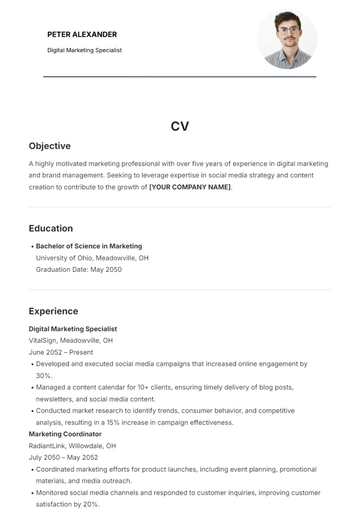
- Resume
- Cover Letter
- Report
- Budget
- Lesson Plan
- Itinerary
- Resignation Letter
- Letter
- Job Description
- To Do List
- CV
- Proposal
- Business Plan
- Checklist
- List
- Smart Goal
- Executive Summary
- Agenda
- Analysis
- Press Release
- Memo
- Note
- Action Plans
- Script
- Essay
- Brief
- Syllabus
- Tracker
- Contract
- Agreement
- Bill of Sale
- Case Study
- White Paper
- Statement
- Will
- Deed
- Notice
- Scope of Work
